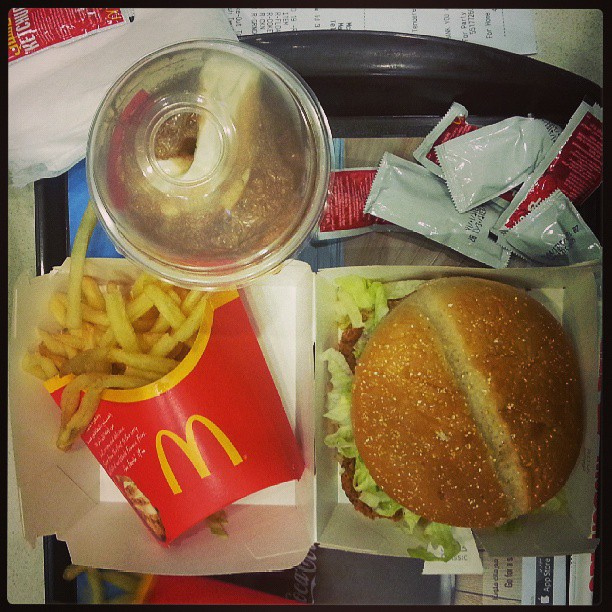Armed with the knowledge that larger women control a large and growing chunk of the fashion sector pie, clothing retailers are beginning to understand how to lure this market and boost sales.
The first step is perhaps surprising: to eliminate the so-called “Plus-size” section of the women’s clothing department and mainstream sizes 16 and above into the center of the sales floor.
Meijer Inc, a Michigan-based retailer, has already made the switch in 15 of its 230 stores, placing the extended sizes on the same racks as the “straight sizes.” Their goal is to have the plus size section fully integrated into the straight sizes department in all of their stores by early 2017. The result will be that the majority of their fashion offerings will come in all sizes; from small to XXXL.
“We really felt all customers should have the exact same experience at Meijer,” said Annette Repasch, vice president of Softlines. “Not only by style, but by price and by location.”
Repasch added that until now the fast majority of plus-size fashion was conservative, and being relegated to the back of the store made the shopping experience less enjoyable for this sector of consumers.
The plus-size consumer is a growing segment of the market, according to a new study conducted by International Journal of Fashion Design, Technology and Education. They found that the the average American woman wears a size 16-18, up from a size 14 not too long ago. The NPD Group says that spending on plus-size clothing will reach and estimated $20.4 billion this year. That is an increase of 17 percent from 2013 and is outpacing the overall US apparel market by twice. The NPD Group also estimates that the percentage of teens purchasing plus-size clothing will reach 34 percent. In 2012 that number was 19 percent.

